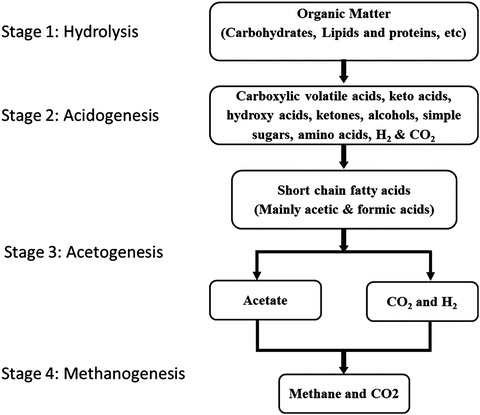Note4Students
From UPSC perspective, the following things are important :
Prelims level: Biomethanation Process
Mains level: Biomethanation as an alternative for stubble burning

In an all India coordinated project, efforts are on to produce bio-gas for kitchen use and quality manure for fields using bio-methanation of rice straw by anaerobic digestion method. Six domestic level paddy straw-based bio-gas plants have been installed in Punjab for field trials and further study is in progress.
What is Biomethanation?
- It is a process by which organic material is microbiologically converted under anaerobic conditions to biogas.
- Three main physiological groups of microorganisms are involved: fermenting bacteria, organic acid oxidizing bacteria, and methanogenic archaea.
- Biomethanation has strong potential for the production of energy from organic residues and wastes. It will help to reduce the use of fossil fuels and thus reduce CO(2) emission.
How it works?

- Microorganisms degrade organic matter via cascades of biochemical conversions to methane and carbon dioxide.
- Syntrophic relationships between hydrogen producers (acetogens) and hydrogen scavengers (homoacetogens, hydrogenotrophic methanogens, etc.) are critical to the process.
- A wide variety of process applications for biomethanation of wastewaters, slurries, and solid waste have been developed.
- They utilize different reactor types and process conditions (retention times, loading rates, temperatures, etc.) in order to maximize the energy output from the waste and also to decrease retention time and enhance process stability.
Get an IAS/IPS ranker as your 1: 1 personal mentor for UPSC 2024
